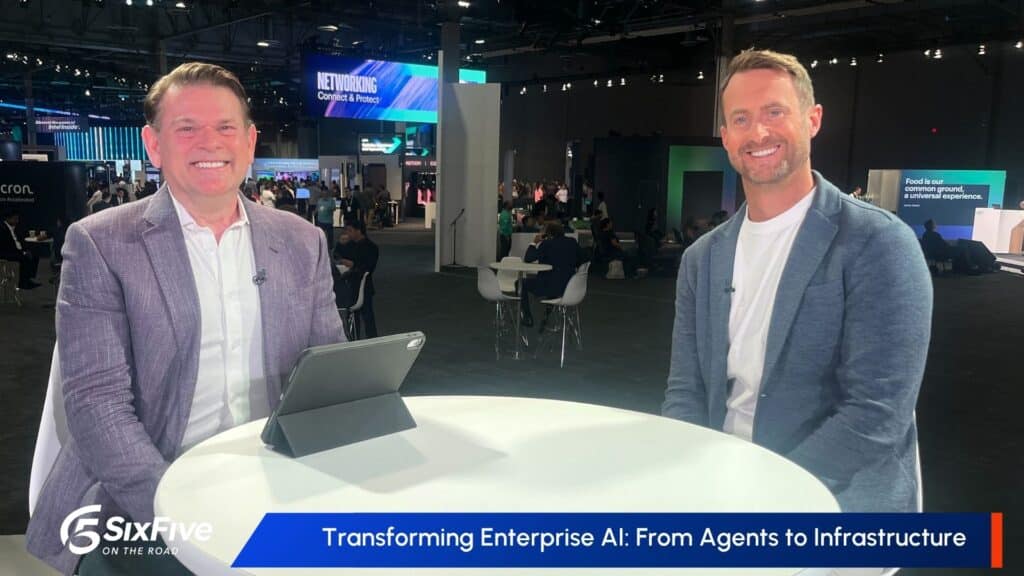Artificial intelligence (AI) is increasingly being accepted by customers as tools that allow them to accomplish tasks or get the information they need, without having to speak or interact with other humans. AI-driven automated attendants, virtual assistants, and chatbots have even become commonplace in some industries (such as financial services) and many customers often expect some sort of non-human tools to be deployed to allow them to conduct business using a self-service option.
Many of the benefits of AI can also be found by deploying machine learning (ML), deep learning (DL), robotic process automation (RPA), and natural language processing (NLP) technology to backend problems, streamlining the movement, storage, and processing of data between various systems, as well as permitting data to be quickly served to live agents helping customers.
Numerous organizations face challenges with delivering CX because the customer journey, account, marketing & sales, product, and fulfillment data are in different silos, and the software that CX agents are using cannot quickly pull together this interrelated, yet disparate data. Indeed, 2018 data in Big Data Insights and Opportunities by CompTIA found that 80% of companies report high or moderate degrees of data silos.

Moreover, it is often likely that these various internal departments have different processes that are not aligned with the overall CX strategy. This can create data and process bottlenecks that will make it significantly more difficult to deliver a seamless CX, even if the frontend processes have been streamlined.
Using a combination of ML-based algorithms and RPA technology, automation can optimize, standardize, and streamline marketing, order processing, shipment, and post-sales support processes, enabling a consistent experience to ensure that no action or communication falls through the cracks. Additionally, RPA- or AI-based automation allows business processes to be monitored closely and can be used to collect data on the process itself, permitting the fine-tuning of workflows that further improve CX.
Automation can improve the backend operations of an organization, eliminating friction during the ordering process, particularly when multiple parties or steps are involved, which is often the case with business-to-business (B2B)-based purchasing. Unlike consumer purchasing, which can be as simple as adding a product to a shopping cart and selecting a payment method, B2B purchasing often requires multiple steps, such as getting approval from multiple stakeholders, generating purchase orders or invoices, and confirming shipping schedules. Automation can be used to auto-populate user details within forms to speed up data entry, and dynamically generated forms can pull data directly from a database to streamline the purchasing user flow, while reducing errors.
Meanwhile, AI can be used to ensure that product stock levels match demand, and that deliveries or shipments are optimized based on distance, product types, carrier rates, and schedules. Most importantly, data from these backend processes can be sent to frontend human agents or bots to help keep customers apprised of any anticipated issues prior to a complaint being filed. For more details on the use of AI for backend processes, check out Dash Research’s report, Artificial Intelligence for CX Applications, which provides more examples and case studies on the use of AI to enhance CX across both frontend and backend processes. The report also discusses strategies for managing, storing, and securing data for use across all CX functions, and provides best practices for creating a data-centric culture within an organization.
Author Information
Keith Kirkpatrick is Research Director, Enterprise Software & Digital Workflows for The Futurum Group. Keith has over 25 years of experience in research, marketing, and consulting-based fields.
He has authored in-depth reports and market forecast studies covering artificial intelligence, biometrics, data analytics, robotics, high performance computing, and quantum computing, with a specific focus on the use of these technologies within large enterprise organizations and SMBs. He has also established strong working relationships with the international technology vendor community and is a frequent speaker at industry conferences and events.
In his career as a financial and technology journalist he has written for national and trade publications, including BusinessWeek, CNBC.com, Investment Dealers’ Digest, The Red Herring, The Communications of the ACM, and Mobile Computing & Communications, among others.
He is a member of the Association of Independent Information Professionals (AIIP).
Keith holds dual Bachelor of Arts degrees in Magazine Journalism and Sociology from Syracuse University.







